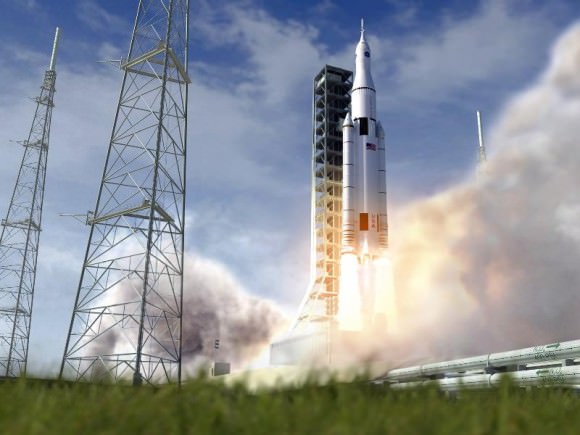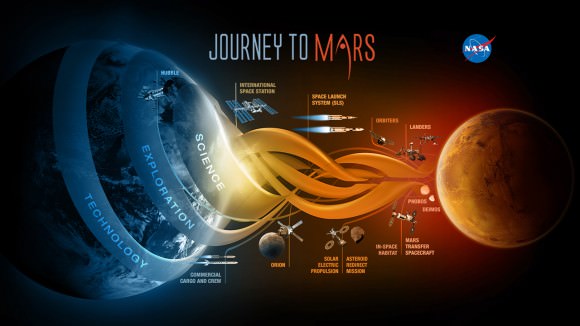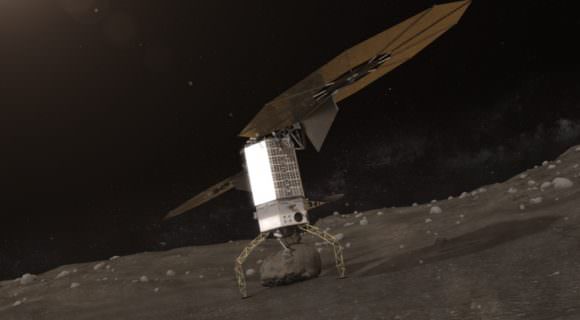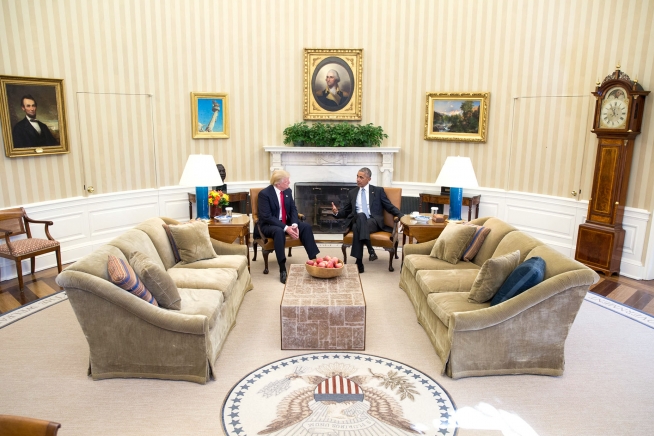For almost a week now, NASA has been preparing for the transition between the Obama administration and that o Donald Trump, the president-elect. Unfortunately, little seems clear at this point, as the Trump campaign has yet to send representatives to speak to them, or give any indication of what the future budget environment might look like.
In lieu of clear statements, speculation has been the norm, and has been based almost entirely on statements made during the election. And with many important missions approaching, NASA has been understandably antsy. Luckily, with the appointment of a Agency Research Team (ART), it appears that the much-needed meeting may be on the way.
This news is certainly a welcome relief in a post-election atmosphere characterized for the most part by uncertainty and ambiguity. And it certainly is good news for NASA administrators, who have been getting increasingly anxious about what the new administration’s policies will mean for their future.

As Greg Williams – the Deputy Associate Administrator for Policy and Plans at NASA’s Human Exploration and Operations Mission Directorate – was quoted as saying this past Monday (Nov. 14th):
“The new administration has not yet named its transition team members that interface with NASA, so we don’t yet know who we’ll be talking to. We are prepared to talk with them when they arrive… We hope to be building on the consensus we’ve achieved on the phases of exploration, the progression of human exploration from the ISS all the way to the surface of Mars.”
Once the election wrapped up after Nov. 8th, it was rumored that Mark Albrecht – the former executive secretary of the National Space Council during George H.W. Bush’s presidency – would be leading the NASA transition efforts. However, these rumors were not followed by any formal announcement, and no other individuals were named to the team.
This was certainly disconcerting, since NASA and other large agencies are used to meeting with transitional teams within days of an election. This is seen as essential for ensuring that there is continuity, or that they are apprised of changes long before they take effect. Given the nature of their work, NASA planners need to know in advance what kind of budgets they will have to work with, since it will determine what missions they can do.

As Williams indicated, NASA is particularly concerned about their “Journey to Mars“, a long-term goal which requires a consistent commitment in terms of financial resources. And while transitional funding was made available for fiscal year 2017 – thanks to the NASA Transition Authorization Act of 2016 – NASA is looking far beyond the coming year.
In the coming years, NASA will need a solid commitment from the Trump presidency to ensure the completion and testing of the Space Launch System (SLS) – the successor to the Space Shuttle Program. They also require a multi-billion dollar commitment to continue testing the Orion Multipurpose Crew Vehicle, not to mention the several crewed missions they hope to conduct using both.
Another thing that is central to mounting a crewed mission to Mars in the 2030s are the ongoing studies aboard the ISS. In particular, NASA hopes to use long-duration stays aboard the station to determine the risks to astronaut health. A crewed mission to Mars will spend several months in space, during which time they will be living in zero-gravity conditions and exposed to a great deal of radiation.
In addition, NASA hopes to mount a crewed mission to an asteroid in the coming decade. The plan entails sending a robotic spacecraft to capture and tow a Near-Earth Object (NEO) into lunar orbit – known as the Asteroid Robotic Redirect Missions (ARRM). This is to be followed by a crewed Orion spacecraft being sent to explore the asteroid, which will develop key systems and expertise for the coming mission to Mars.

Unfortunately, the Transition Authorization Act contained some strongly-worded language about the robotic asteroid mission. Essentially, it was deemed as not falling within the original budget constraints of $1.25 billion (it is now estimated at $1.4 billion). NASA planners were therefore encouraged to find “a more cost effective and scientifically beneficial means to demonstrate the technologies needed for a human mission to Mars.”
As such, NASA is very interested to know if the new administration will make the necessary commitment to fund the ARRM, or if they need to scrub it at this point and go back to the drawing board. One way or another, NASA needs to know what it will be capable of doing in the coming years so that they can develop a plan for what they intend to do.
The current state of uncertainty has been largely attributed to the fact that the Trump campaign engaged in little planning before the election. While various statements were made about the important role NASA plays, nothing concrete was laid out. And Trump even went so far as to say that long-term exploration goals would depend upon the economic climate.
One can only hope that the new Agency Research Team will have an agenda prepared when they meet with NASA administrators. We can also hope that it won’t impede NASA’s more ambitious efforts for the coming years. The agency has made it clear that its plans to explore Mars are in keeping with the goal of remaining the leader in the field of space exploration and research. If they can’t get there in the time period desired, someone else just might!
Further Reading: Space News

